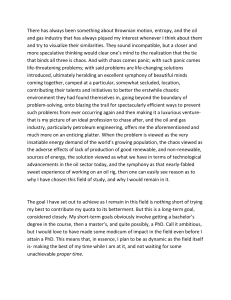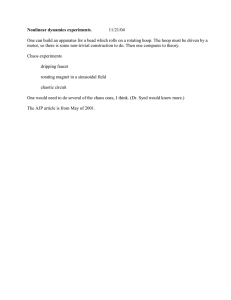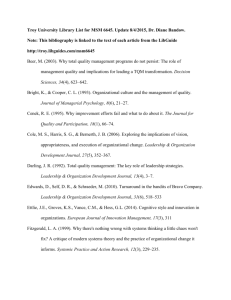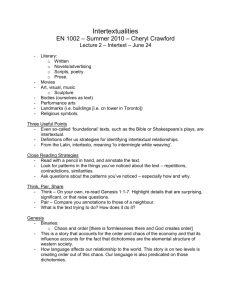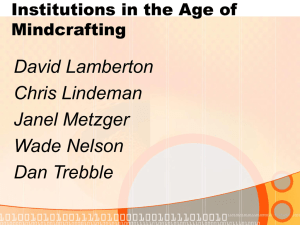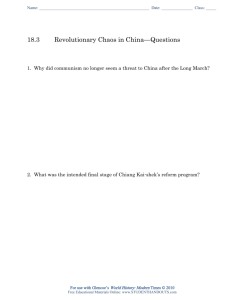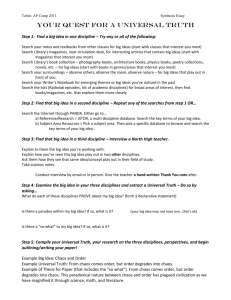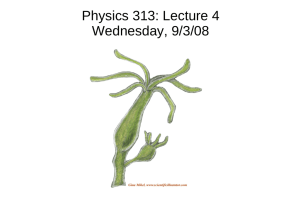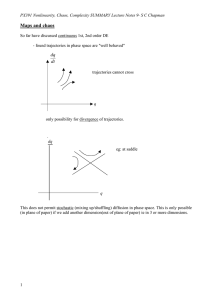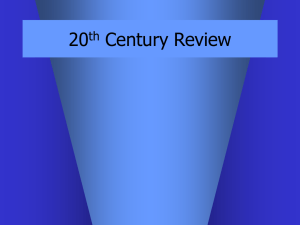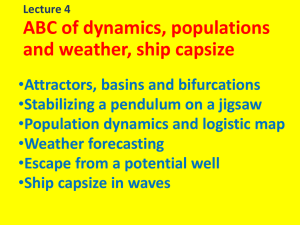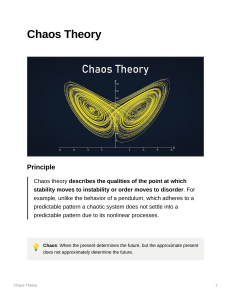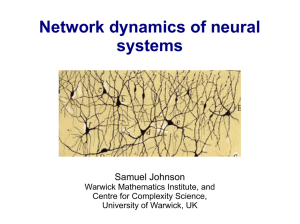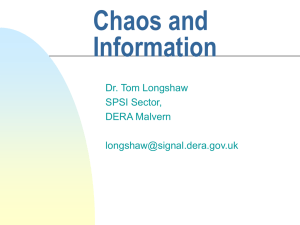Managing Innovation and Change - University of Massachusetts
advertisement
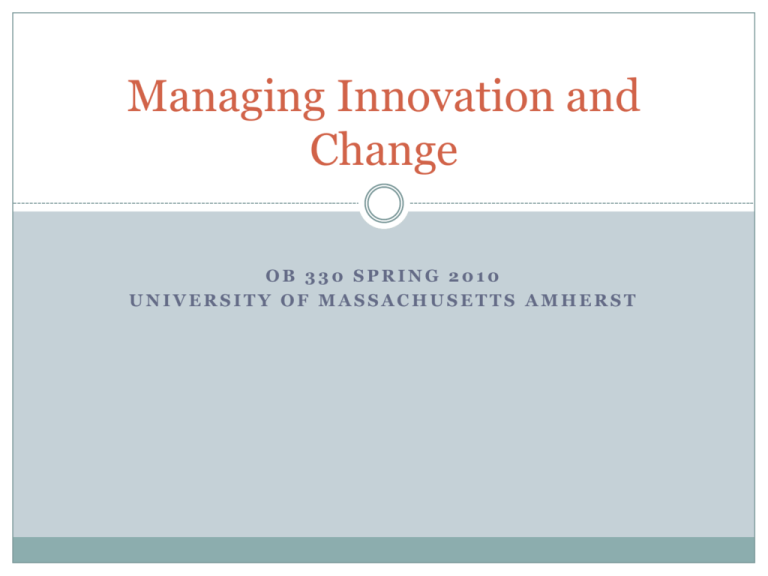
Managing Innovation and Change OB 330 SPRING 2010 UNIVERSITY OF MASSACHUSETTS AMHERST Introduction Innovation The creation of either a new process (process innovation) or a new product or service (product/service innovation) that has an impact on the way the organization operates Change You can never step into the same river twice Fundamentally, change refers to the transition that occurs from one state to another Types of change Four types of change which can be Struggle based: Life cycle and dialectical Vision based: Evolutionary and teleological Planned change Change can be implemented and planned for in a rational way Change is unfortunate, and driven by external forces Organizations must adapt quickly in order to restore stability Examples: Lewin’s model of unfreezing, changing, refreezing Business process re-engineering Processual change Change is multi-linear and multivariable, where many changes occur simultaneously as the effect of many different variables Anyone seeking to change organizations must exhibit mastery of power and politics The process is cyclical; major programs of change point in directions that top-level managers have defined – using the results of previous change projects to do so Direction is not a destination, and where the change projects actually lead depends on the contextual processes Chaos? Chaos Normally chaos is related to the unpredictability of a system Complexity theory’s four principles of innovation 1. Equilibrium (or staying still) equals death 2. Self-organizing is important 3. Complex tasks need complex problemsolving processes 4. Complex organizations can only be disturbed, not directed Innovation For Drucker (2001, innovation Is the “specific tool of entrepreneurs, the means by which they exploit change as an opportunity for a different business or service Is capable of being presented, as a discipline, capable of being learned, capable of being practiced” Innovation Drucker’s definition is good, but ignores The probability of resistance The likelihood of organization politics shaping the unfolding innovation process That innovation will always be unanticipated as well as predictable political actions Power and Innovation Innovation is a political process driven by multiple interests and stakeholders Innovation can involve Market–technology linkages (conception through to implementation) Innovation through employees Innovation through collaboration Mapping Innovation The initiation period The development period The implementation period Managing Innovation Ten ways to kill innovation 1. 2. 3. 4. 5. 6. 7. 8. 9. 10. Always pretend to know more than anybody around you Police your employees by every procedural means that you can devise Run daily checks on the progress of everyone’s work Make sure that creative staff do a lot of technical and detailed work Create boundaries between decision-makers, technical staff, and creative minds Never talk to employees on a personal level, except for annual meetings at which you praise your social and communicative leadership skills Be the exclusive spokesperson for every new idea, regardless of whether it is your own or not Embrace new ideas when you talk, but do not do anything about them When the proposed idea is too radical, argue that no one has done it before for good reason When the proposed idea is not radical enough, just say it’s been done


